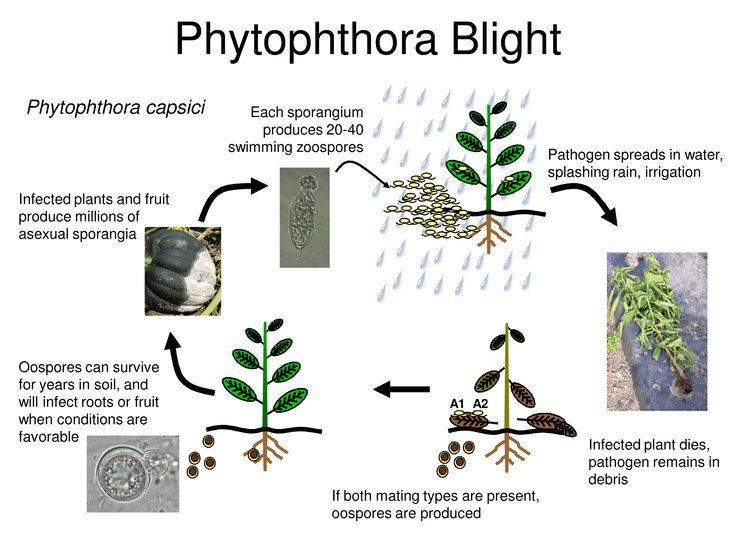#PhytophthoraInfestations #AlternariaSolani #PotatoCrops #TomatoCrops #PlantHygiene #Fungicides
Description: Learn about the early infection of phytophthora infestations, specifically phytophthora infestations caused by Alternaria solani, and how it can affect your potato and tomato crops. Discover the symptoms to watch out for and how to protect your plants from this destructive infection.
Understanding Early Infection of Phytophthora Infestations
Symptoms of Alternaria Solani Infection on Potato and Tomato Crops
Protecting Your Plants from Phytophthora Infestations
Are you a farmer or gardener who grows potatoes and tomatoes? If so, you need to be aware of the early infection of phytophthora infestations. One of the most destructive infections is caused by Alternaria solani, a fungal pathogen that thrives in high humidity and temperatures between 25-30 degrees Celsius.
Early detection is key to preventing the spread of the infection. Watch out for large gray-brown spots on the lower leaves that eventually spread to the upper leaves, causing them to dry out and die. The infection can also cause dark brown spots on the potatoes, leading to their decay and eventual loss.
To protect your plants, you need to maintain proper plant hygiene, including regular pruning of diseased leaves and proper disposal of plant debris. Additionally, you can use fungicides to treat the infected plants and prevent further spread.
Don’t let phytophthora infestations caused by Alternaria solani destroy your potato and tomato crops. Be vigilant and take the necessary steps to protect your plants from this destructive infection.

